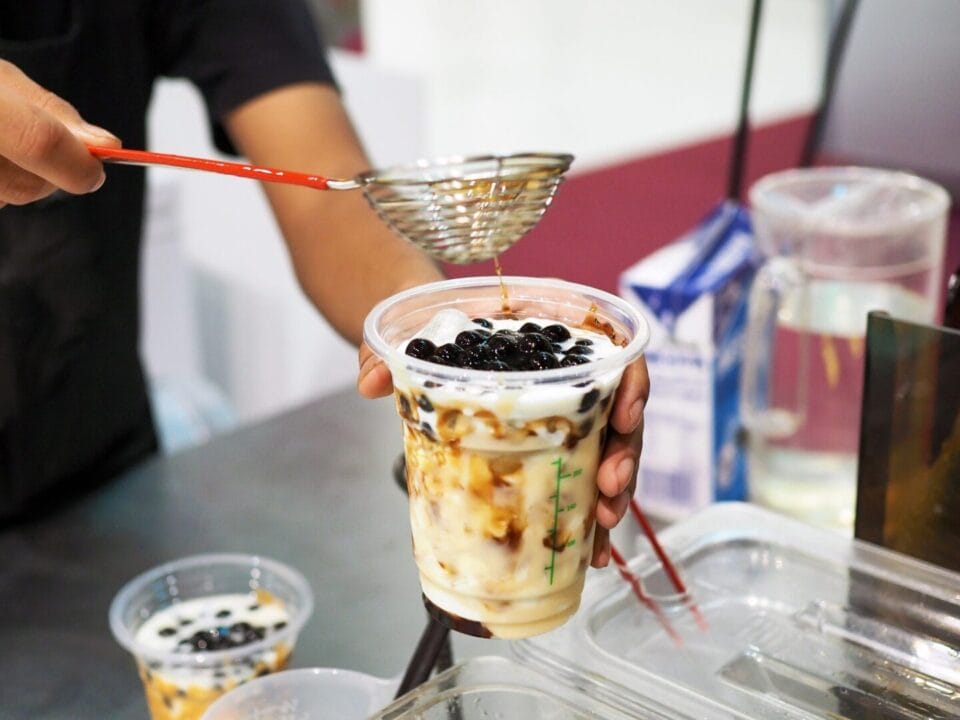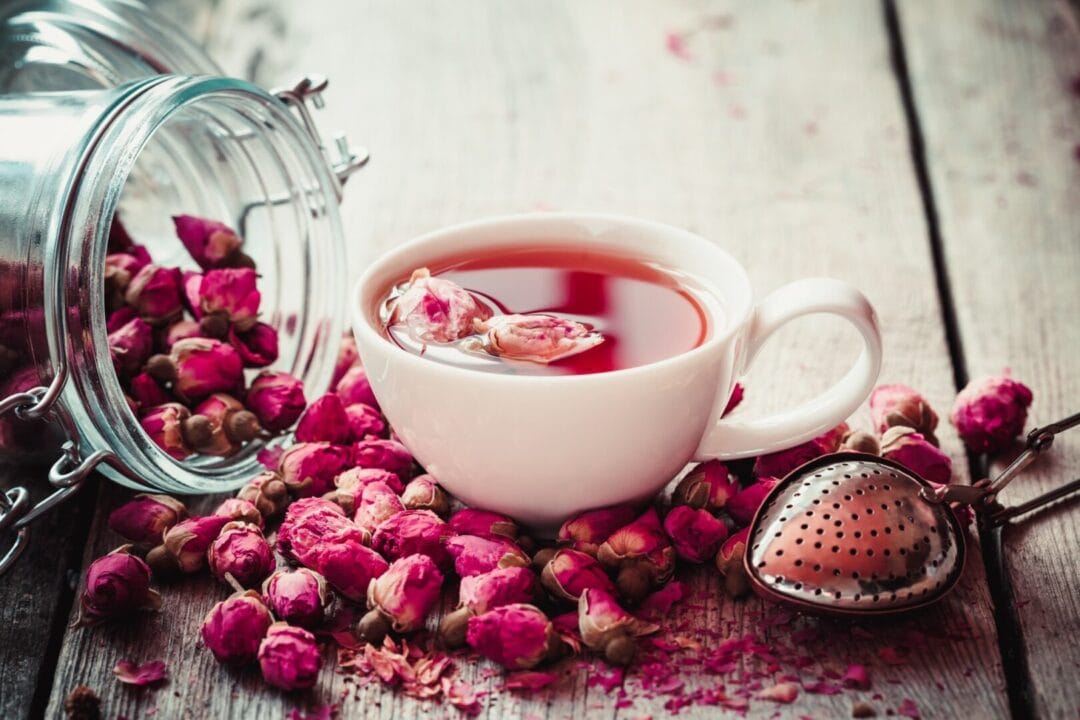Bubble tea also known as boba or pearl milk tea has boomed in Malaysia with streets like Subang’s SS15 becoming a sort of hub for this sweet drink. The area is so crowded with fans of bubble tea that it’s caused massive traffic jams! According to Channel News Asia, a 500 ml cup of brown sugar boba milk can contain 92 grams of sugar!
As we all know, excessive intake of sugar can lead to health complications such as tooth decay and Type 2 Diabetes. To find out more about the other side of this sweet treat, we speak to Datin Farah Di Ba Khan, Manager of the Lifestyle Modification Centre at Prince Court Medical Centre.

1Twenty80: What are the implications of ingesting that much sugar in a day?
Datin Farah Di Ba Khan: Excessive sugar intake can lead to weight gain and obesity which will then increase the risk of cancer, heart diseases, diabetes and more.
1Twenty80: Other than the pearls and milk, there are also toppings which can be added to bubble tea. With even more added sugar, what are the other substances that might be contained in these toppings and what possible effects can they have?
Datin Farah: Let’s not forget the scare we had last year when we discovered that some pearls made in Taiwan contained maleic acid (a harmful additive which could lead to kidney cancer if consumed over time). While all of the major bubble tea chains have conducted tests and declared their tapioca pearls free of maleic acid, there are still small stalls selling pearls of unknown origin.

1Twenty80: Bubble tea is a popular drink among the youth and increased sugar intake is associated with increased risk of diabetes. Can young people develop diabetes and what are the symptoms?
Datin Farah: Yes! Boba or pearls are made of tapioca flour which is a refined carbohydrate. Two tablespoons usually contain 100 kcal along with six to eight tablespoons of sugar added into the drink. Excessive consumption of calories cause weight gain which can lead to insulin sensitivity and other risks associated with diabetes.
Symptoms of diabetes include frequent urination, feeling very thirsty or hungry even though you are eating, extreme fatigue, blurry vision, cuts or bruises that are slow to heal, weight loss although you are eating more (Type 1 diabetes), tingling, pain, or numbness in the hands and feet (Type 2 diabetes) too.

1Twenty80: For those under stress, bubble tea seems to relieve that. Why is this so?
Datin Farah: Stress, whether it is relationship related, work related, financial, or sickness induced from chronic illness, can cause us to feel trapped, frustrated and anxious. The very act
of eating or drinking is soothing to our bodies. The texture and taste of food also soothes us so you are driven to seek comforting sweet treats such as:
- Ice cream
- Rich desserts
- Creamy pies
- Sweetened
- Soft candies
- Drinks
To satisfy your sugar cravings, consider whether there is an emotional connection driving the craving. This type of craving is for comfort and the need to be soothed. Satisfying one’s sugar cravings through volume triggers our brain chemistry once we’ve hit a certain ‘stretch’ limit in our stomach. It triggers our brain chemistry to release endorphins that tell us we are full and satisfied. This is what calms us down.
1Twenty80: What about sugar rush? How does that affect someone’s brain?
Datin Farah: Overeating, poor memory formation, learning disorders, depression – all have been linked in recent research to the over-consumption of sugar. That’s an important clarification because our brains need sugar every day to function. Brain cells require two times the energy needed by all the other cells in the body – roughly 10 percent of our total daily energy requirements. This energy is derived from glucose (blood sugar), the gasoline of our brains. Sugar is not the brain’s enemy, added sugar is.
Research indicates that a diet high in added sugar reduces the production of a brain chemical known as brain-derived neurotrophic factor (BDNF). Without BDNF, our brains can’t form new memories and we can’t learn (or remember) much of anything. Levels of BDNF are particularly low in people with an impaired glucose metabolism diabetics and pre-diabetics and as the amount of BDNF decreases, sugar metabolism worsens.

In other words, chronically eating added sugar reduces BDNF, and then lowered levels of the brain chemical begin contributing to insulin resistance, which leads to Type 2 Diabetes and metabolic syndrome, which eventually leads to a host of other health problems. Once that happens, your brain and body are in a destructive cycle that’s difficult if not impossible to reverse.
1Twenty80: Some parents may think that bubble tea is a ‘healthier’ option compared to soft drinks. What are better and healthier alternatives to bubble tea?
Datin Farah: Here are a few tips for healthier drink alternatives:
- Ask for lower sugar levels to help ease the fact that we are about to down a whole lot of empty calories.
- Squeezing a few drops of lemon or adding a slice of it into your tea adds a citrusy punch.
- Tea infused with honey can be found at many bubble tea stalls. But you can make your own healthier version. Simply add some raw honey into the tea of your choice.
- Add mint leaves to your tea. Rose tea is a fruity and fragrant concoction free from calories.
- Cinnamon is sweet and savoury, the rich flavours from a cup of cinnamon tea should be able to satisfy your bubble tea cravings.
- Add ginger. This spice that lingers on your taste buds is packed with antioxidants and minerals.
- Brown rice, akin to ‘genmaicha’, a blend of green tea and roasted brown rice, contains minerals and vitamins that are beneficial to your health and beauty. The tinge of nutty aroma from the brown rice gives your tea some extra flavour too.











